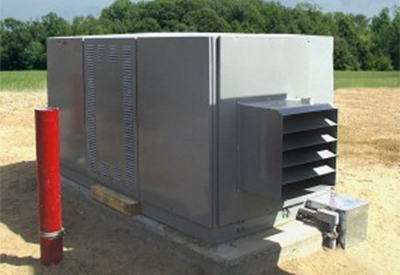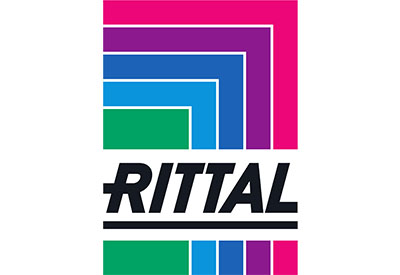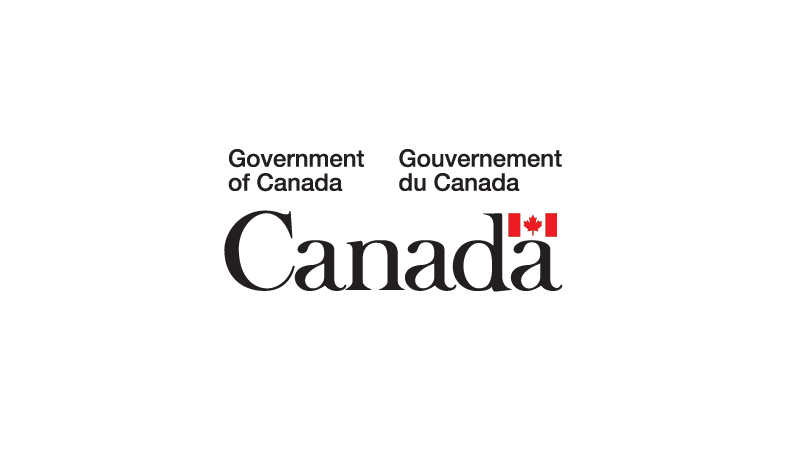Green Light for Clean Energy: Government of Canada Approves James Bay Lithium Mine Project

January 18, 2023
Our environment, our communities and our economy are all threatened by climate change, making it more imperative than ever to develop critical mineral resources to support clean energy growth in Canada. These resources can and must be developed in a way that creates good jobs, is sustainable and environmentally responsible, and works in partnership with Indigenous Peoples and respects their rights.
The James Bay Lithium Mine Project is located about 100 kilometres east of James Bay and the Eastmain Cree Community in Quebec, and will produce lithium which is a key ingredient of clean technology like electric vehicle batteries and solar panels. The project will also create hundreds of local jobs and local economic growth.
The James Bay project has been subject to a thorough review process conducted by a Joint Assessment Committee consisting of representatives from the Impact Assessment Agency of Canada (the Agency) and the Cree Nation Government. Based on the Environmental Assessment Report, the Minister of Environment and Climate Change, the Honourable Steven Guilbeault, has determined that the project’s environmental mitigation measures provide a sustainable path for the project to proceed.
The project may now proceed, subject to oversight throughout its lifecycle. In his Decision Statement, the Minister sets out legally-binding conditions Galaxy Lithium (Canada) Inc. (the proponent) must comply with throughout the life of the project. These 271 conditions include measures to protect fish and fish habitat, migratory birds and birds at risk, wetlands, woodland caribou, bats at risk, Cree health and the current use of lands and resources for traditional purposes by the Crees.
For example, to protect the health of the Cree Nations, the proponent must develop a program to ensure the traditional food source of their communities remains safe for consumption. The proponent must monitor the quality of meat sourced from local game, including collecting samples and testing at least every five years. The program would be developed in collaboration with the Cree Nations, the Cree Nation Government, the local tallyman (trap line manager) and the Cree Board of Health and Social Services of James Bay.
The unique nature of the Joint Assessment Committee, which facilitated day-to-day collaboration with the Cree Nation Government, and the extensive consultations with Cree Nations during the environmental assessment demonstrate the Government of Canada’s on-going commitment to reconciliation with Indigenous Peoples.
The Government of Canada would like to thank all participants for their invaluable comments received throughout the environmental assessment process, as well as all the robust scientific advice received from various experts.
The proponent can now proceed with obtaining any other necessary permits and authorizations from federal departments as well as from the Government of Quebec.
Quotes
“This is what a good project is all about. Critical minerals are one of the keys to building Canada’s low-carbon economy and ensuring economic prosperity for years to come. We can only develop those resources by designing from the outset with strong mitigation measures to protect the environment and working in true partnership with Indigenous Peoples. Our future depends on sustainable projects like this one.”
– The Honourable Steven Guilbeault, Minister of Environment and Climate Change
“This is an important decision for Canada. The James Bay Lithium Mine Project will produce a key ingredient of clean technology like electric vehicle batteries and solar panels. The government is committed to making Canada the global supplier of choice for sustainably and responsibly sourced critical minerals, from exploration and extraction, to manufacturing and recycling, while also fostering mutually beneficial relationships between industry and Indigenous Peoples. Through the recently released Critical Minerals Strategy, we are supporting responsible and sustainable critical mineral development, to create good jobs, lower emissions, and build the low-carbon economy.”
– The Honourable Jonathan Wilkinson, Minister of Natural Resources
Quick Facts
- The Government of Canada recently announced its Critical Minerals Strategy in which lithium is listed as one of six top critical minerals due to its importance in the clean technology sector, in particular the manufacturing of rechargeable batteries for hybrid and electric vehicles. Mines like James Bay Lithium can help Canada benefit from increasing world demand for this mineral while growing a strong, green economy at home.
- As proposed, the James Bay Lithium Mine Project would include an open-pit mine and concentrator facility, tailings, waste rock, ore and overburden storage areas, as well as related infrastructure. It is expected to produce an average of 5,480 tonnes of ore per day over a mine life of 15 to 20 years.
- According to figures provided by the proponent, the project would require 280 workers during the construction phase and an annual average of 167 workers during the mine’s operation. Direct employment and contracts obtained by Cree companies will contribute to improving the quality of life of Cree workers and communities.
- In 2019, the Impact Assessment Agency of Canada and the Cree Nation Government signed an Agreement under the Canadian Environmental Assessment Act, 2012. As part of this Agreement, all required activities for the review of the James Bay Lithium Mine Project were delegated to the Joint Assessment Committee made up of Agency and Cree Nation Government representatives. This includes reviewing the proponent’s Environmental Impact Statement, and co-drafting the Environmental Assessment Report and conditions.
- The Cree Nation of Eastmain, the Crees of the Waskaganish First Nation and the Cree First Nation of Waswanipi were consulted throughout the environmental assessment process, and just over $85,000 was made available to support their participation in the various steps of the review.
- Fisheries and Oceans Canada, Environment and Climate Change Canada, Transport Canada, Natural Resources Canada and Health Canada participated in the environmental assessment and provided expert advice. The Cree Board of Health and Social Services of James Bay and experts from the Cree Nation Government and Cree land users also provided their expertise.
- This project is also subject to a provincial environmental assessment by the Environmental and Social Impact Review Committee, on which the Cree Nation Government also sits. The provincial assessment is still ongoing.
Associated Links
- Minister’s Environmental Assessment Decision Statement (Impact Assessment Agency of Canada)
- Environmental Assessment Report (Impact Assessment Agency of Canada)
- Basics of Environmental Assessment under CEAA 2012 (Impact Assessment Agency of Canada)
- Agreement Under the Canadian Environmental Assessment Act, 2012 Concerning the Environmental Assessments of the Rose Lithium-Tantalum and James Bay Lithium Mine Projects

















